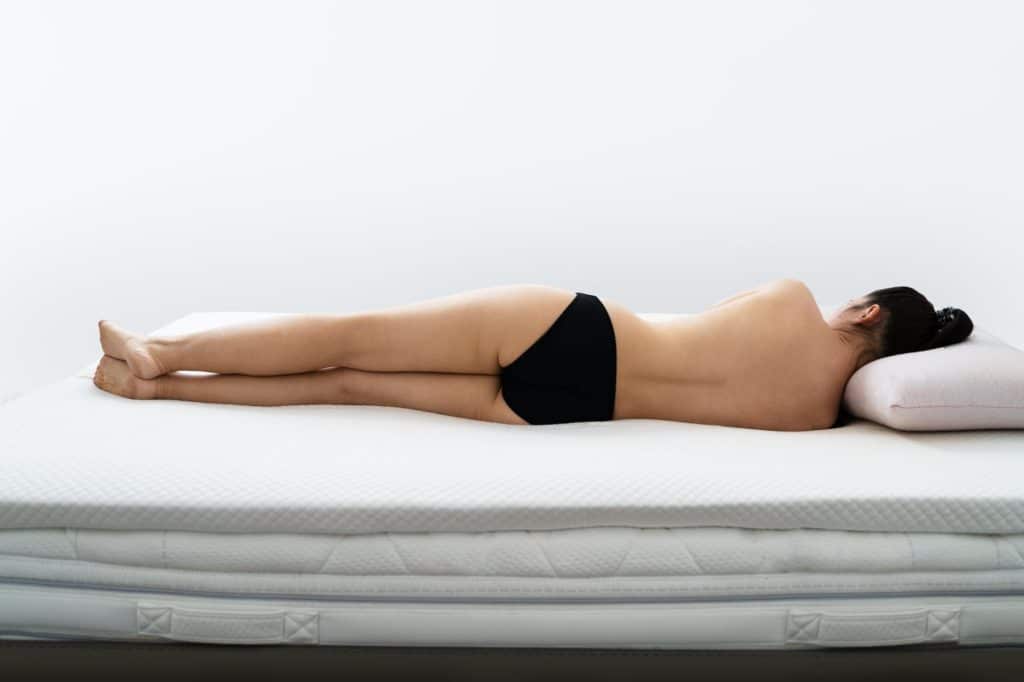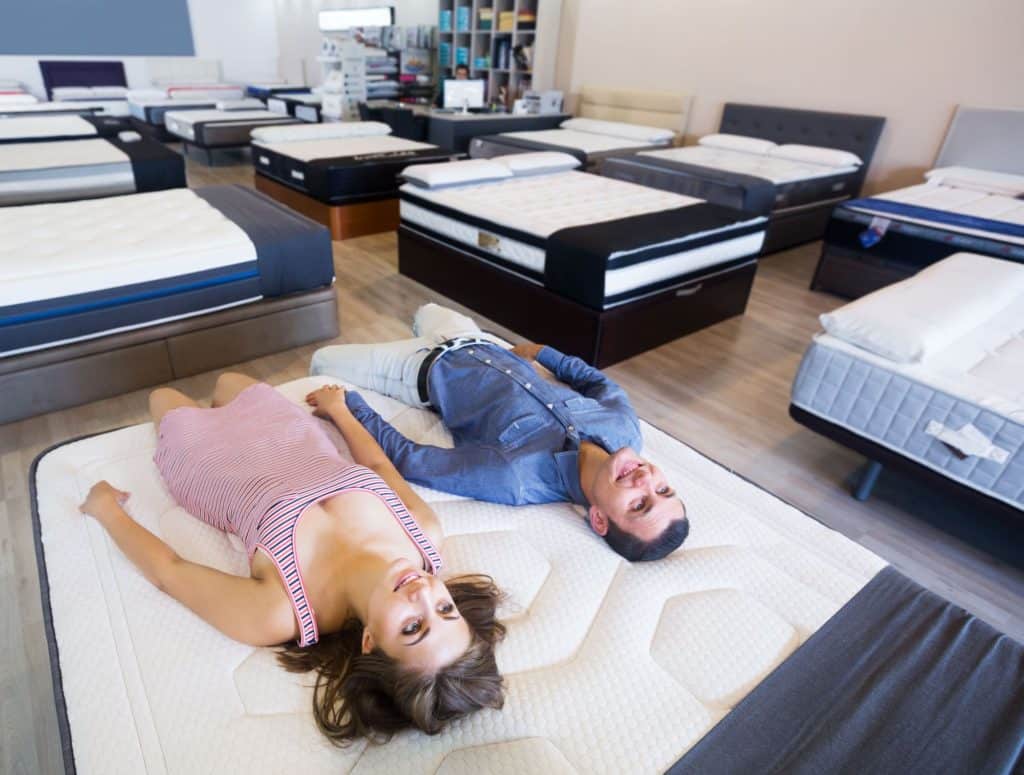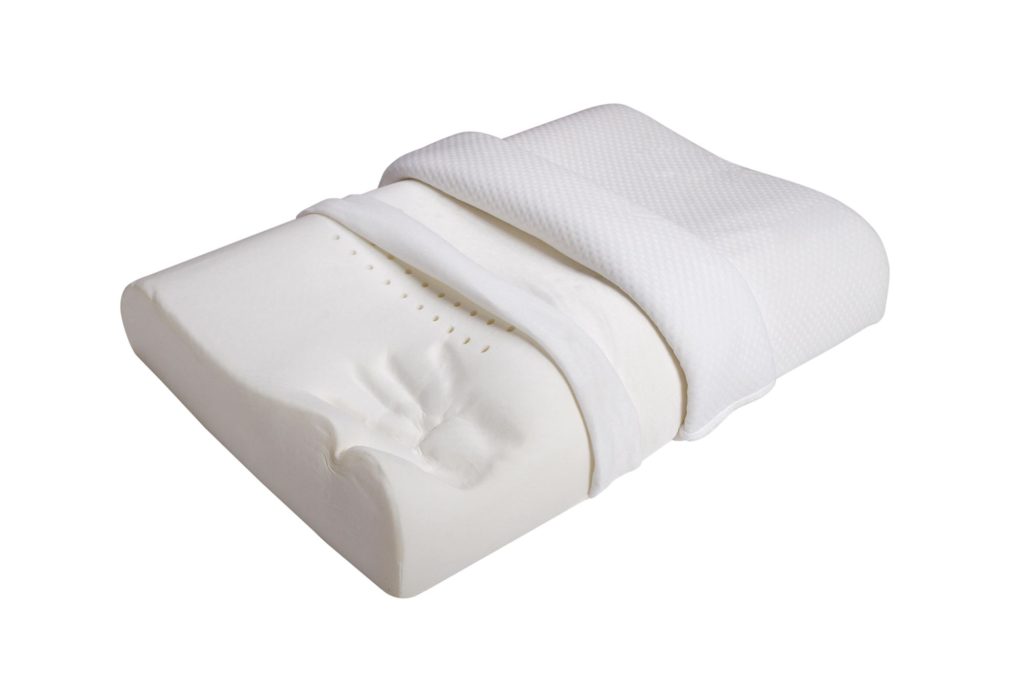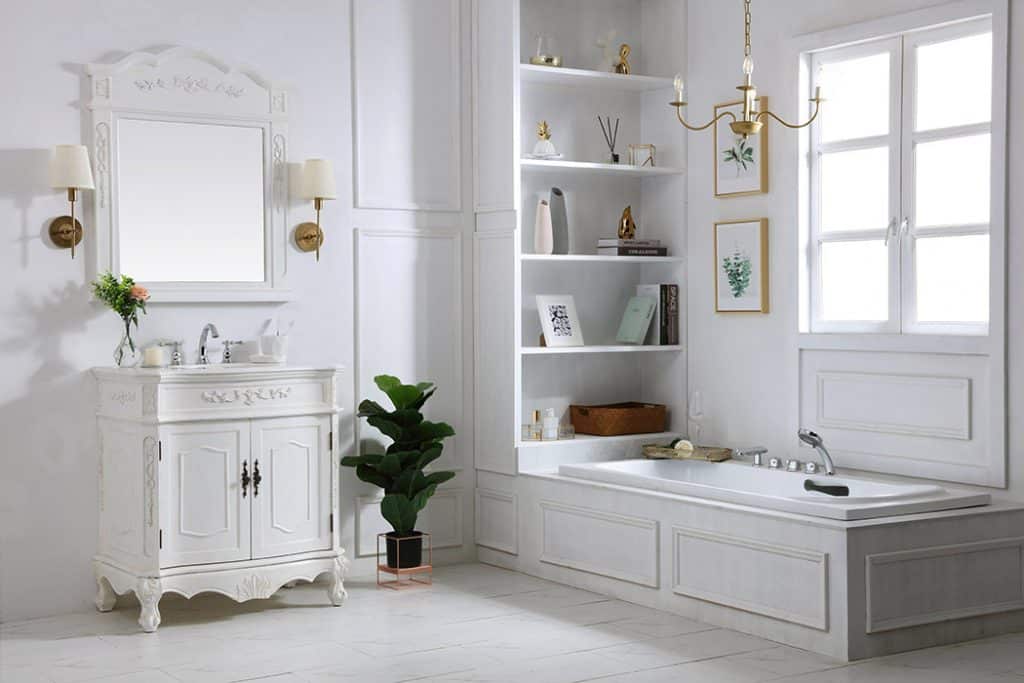Everyone knows firsthand about the importance of proper and healthy sleep. We spend a third of our lives in sleep. Healthy sleep affects normal functioning and activity throughout the day. That is why it is so important that all sleep attributes provide us with comfort. A good mattress and pillow will help you get a good night’s sleep and keep your spine and neck healthy. There are two types of mattresses: orthopedic and anatomical.
Differences between orthopedic and anatomical mattresses
- Orthopedic mattress – provides the physiologically correct position of the spine during a night’s rest in any position.
- Anatomical mattress – able to adapt to your body, providing the right support for the body, and ensuring a comfortable rest.
- Orthopedic mattresses have a higher degree of rigidity due to elastic and dense fillers, and anatomical mattresses are softer and more enveloping.
Who should choose an anatomical mattress and who should choose an orthopedic mattress?
The anatomical product is suitable for a person:
• hard working and in need of both quality rest and complete relaxation of the whole body;
• who values increased comfort;
• poorly falling asleep, with light sleep;
• during pregnancy;
• suffering from swelling of the legs, joint pain.
Orthopedic mattresses are people-oriented:
• those who do not go in for sports, as well as those who have a “sedentary” job;
• prone to diseases of the spine: intervertebral hernia, osteochondrosis, scoliosis;
• overweight;
• adolescence and childhood.
Types of mattresses

Absolutely all mattresses are divided into spring and springless. Spring, in turn – into dependent and independent. The dependent block consists of springs rigidly connected to each other; independent – from springs separate from each other. Each of them is wrapped in a fabric cover.
Springless mattresses most often have a multi-layer structure and consist of various fillers:
1. Latex is a 100% natural material from the milky sap of the hevea tree. Main advantages: durability (more than 25 years of service), flexibility (perfectly adapts to the human body and supports it), point elasticity, comfort, high antibacterial and hypoallergenic properties. Also, they are free of dust mites and other harmful insects. It has excellent air permeability and thermodynamics, which makes the material high quality and breathable.
2. Coconut coir is a natural material made from coconut fiber. It’s resistant to moisture and durable. Mattresses with this material are suitable for children, as they have the necessary rigidity to form a child’s skeleton.
3. Polyurethane foam – hypoallergenic material, belongs to the economy option. The people know it as “foam rubber”, however, transformed over time. The main advantage is the low price, which is associated with the quality of the product. Convenient to carry, has good air permeability, the ability to combine with other materials. Disadvantages: moisture retention, constantly needs professional cleaning, short-lived.
4. Memory foam is a hypoallergenic material made of viscoelastic polyurethane foam. It has a memory effect, so it easily adapts to the body contours of a sleeping person, which is convenient during sleep. The product has excellent air ventilation, is durable (approximately 15 years of service), hypoallergenic.
5. Sisal – natural filler of medium hardness. It is softer than coconut coir, but tougher than other materials. Sisal is obtained from the Agave plant. The material is elastic, resilient, durable, air permeable, does not absorb moisture.
6. Felt is a dumped sheep’s wool. It is mainly used as an interlayer between the springs and the main filler. It keeps warm well and is safe.
7. Natural wool – used in winter-summer orthopedic mattresses from the side of winter. It retains heat well, has a soft structure, and is even able to normalize blood pressure. Wool absorbs moisture but dries quickly. It is practical and environmentally friendly, but it can cause allergies.
8. Horsehair is a material made from the high-quality long hair of the mane and tail of horses and ponies. It does not undergo deformation, has good air circulation, does not absorb moisture, is quite tough, resilient, durable. The likelihood of allergies is low because the material undergoes special technological processing. Horsehair mattresses are not cheap as the raw material is expensive.
Hardness of mattresses

1. Soft orthopedic mattresses are most comfortable for people over the age of 50 and with a small weight of up to 155 lbs. If the weight is more, then the body will sink and rest will turn out to be uncomfortable. Latex and memory fillers add softness to the product. Thanks to them, mattresses have a long service life, due to their good density, they perfectly restore their shape. Ideal for pregnant women.
2. Mattresses of medium firmness are suitable for people with an average build, aged 25-50 years and weighing 155-200 lbs. Filling with coconut and foam or natural latex adds rigidity to the product. Also, these products are highly recommended for people who lead an active lifestyle.
3. Hard orthopedic mattresses are characterized by a slight deflection of the body and can withstand heavy loads. Such a product is perfect for children from three years old, adolescents, users weighing more than 200 lbs. Well suited for the prevention of diseases of the spine, people who stoop, with pain in the neck.
4. Mattresses with increased rigidity. The main users of such products are newborns and babies up to three years old, as this product correctly forms the spine. Also very suitable for middle-aged people weighing over 220 lbs.
The role of the pillow for healthy sleep
Many people think that it is enough to lie down and the body itself will take the correct posture. However, it is not. The body must be taught to the correct posture. Orthopedic or anatomical pillows will help with this. A well-chosen product will help relieve stress, relieve back and neck pain, improve your sleep, and antiallergenic fillers will give you good nights without allergic reactions.
How to choose the right pillow?

Which pillow to choose is entirely up to you, given that both anatomical and orthopedic pillows are equally good for sleep. The anatomical one takes the shape of the body, that is, it adjusts itself to the head of the sleeping person, and the orthopedic one makes the person lie down as needed for a therapeutic effect on the neck and head area.
Therefore, we choose a pillow according to the size and parameters of the person himself:
• with high growth and increased weight, size of 20×30 in (50×70 cm) is suitable, and more is possible;
• 15×25 in (60×40 cm) will be ideal for people of average height and weight;
• for children, a pillow with a small size of 8×12 in (20×30 cm) is suitable. For older children, there is a little more than 15×18 in. (40×50 cm).
Ideally, the pillow should be the same height as your shoulder.
Types of pillow shapes:
- Plain rectangular. Universal, suitable for everyone.
- With shoulder recess. Suitable for overweight people, also for users who like to sleep on their side.
- With a wave. It is shaped with two rollers of different sizes, which allows you to choose the degree of support and a comfortable height for rest. Perfect for those who like to sleep on their backs and on their sides.
An important factor in choosing a pillow is its filler. The inside of the product can be filled with highly elastic foam, latex, bamboo fiber, pine nut film, and buckwheat hulls (very healthy). Down and feathers, as well as holofiber, are considered popular fillers. The anatomical cushions use Memory Foam polyurethane. It is viscous and elastic, which provides a memory effect.
The material is chosen by personal preference and is of two types:
- synthetic;
- natural.
Synthetic materials are hypoallergenic and easy to clean. Natural ones are characterized by firmness and elasticity, provide normal heat and moisture exchange.
It is thanks to healthy sleep and comfortable rest that a person regains his strength and gains vital energy.



